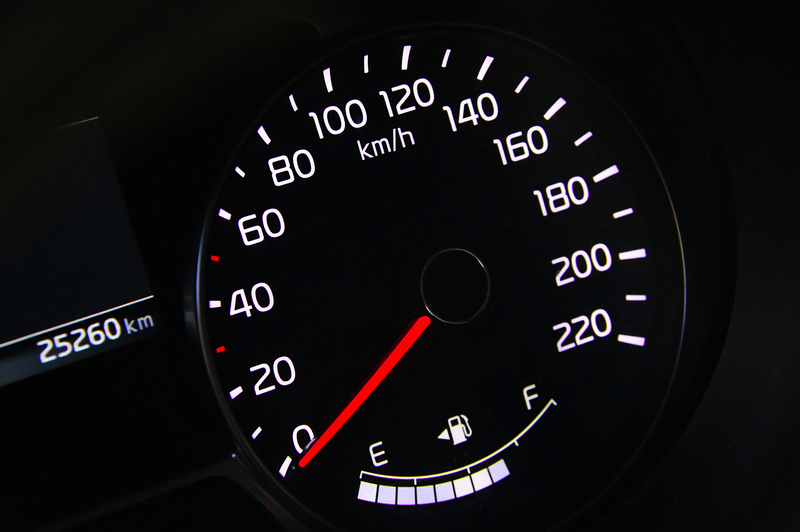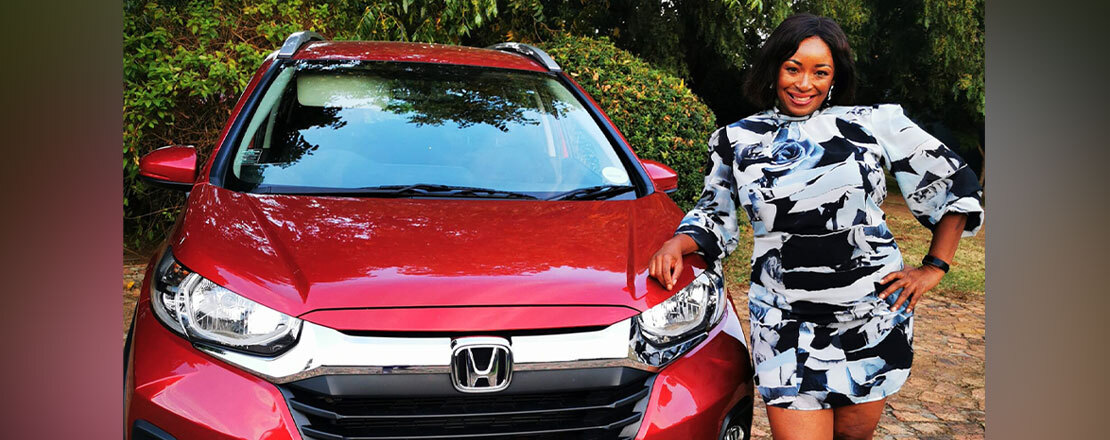When I first drove the WR-V in 2020, I wasn’t convinced it could compete against its rivals, but after having it on test, I am happily eating humble pie
– Vuyi Mpofu, Founder & MD, Driving In HEELS South Africa
I have a confession: When I first drove the Honda WR-V at launch in Franschhoek, I wasn’t particularly enthralled with it. In truth, my focus had been on the latest generation and better-known Ballade which was also unveiled on the day same. That said, when the opportunity arose to get the WR-V, the 4thsoft-roader from the Japanese manufacturer, on a 7-day test period, I didn’t hesitate.
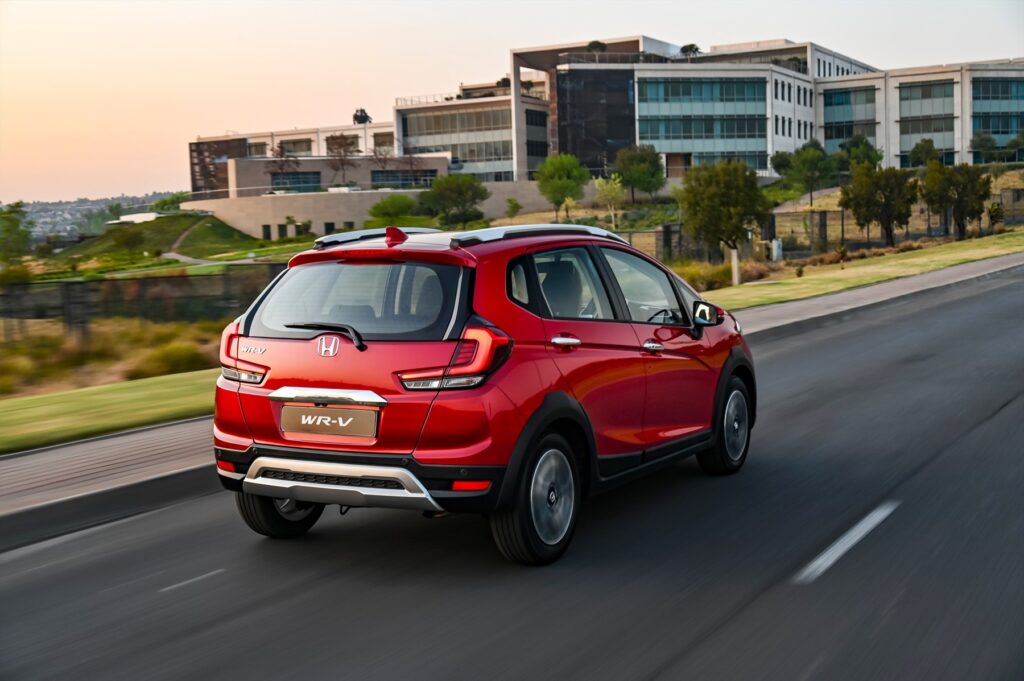
As I approached my Radiant Red Metallic test unit I had to admit it was a more than decent-looking compact SUV.
Watching the light bouncing off the WR-R as it glistened under the tepid autumn sun my mind referenced the business presentation at which Honda South Africa had stated that the WR-V was built on the same platform as the proven Jazz and BR-V.
I had the range-topping 1.2 Elegance derivative, which is well put together but, features a load of hard plastics as expected.
– VUYI MPOFU, FOUNDER & MD, DRIVING IN HEELS SOUTH AFRICA
Featuring typical Honda design features, the WR-V boasts typical Honda styling cues such as LED headlights which flank a chrome-wing grille, C-shaped taillights, and LED DTRL (daytime running lights). Smiling, it dawned on me that the Honda WR-V is a bigger, more aggressive, and robust version of the Honda Jazz dressed in gym gear, doing leg extensions.
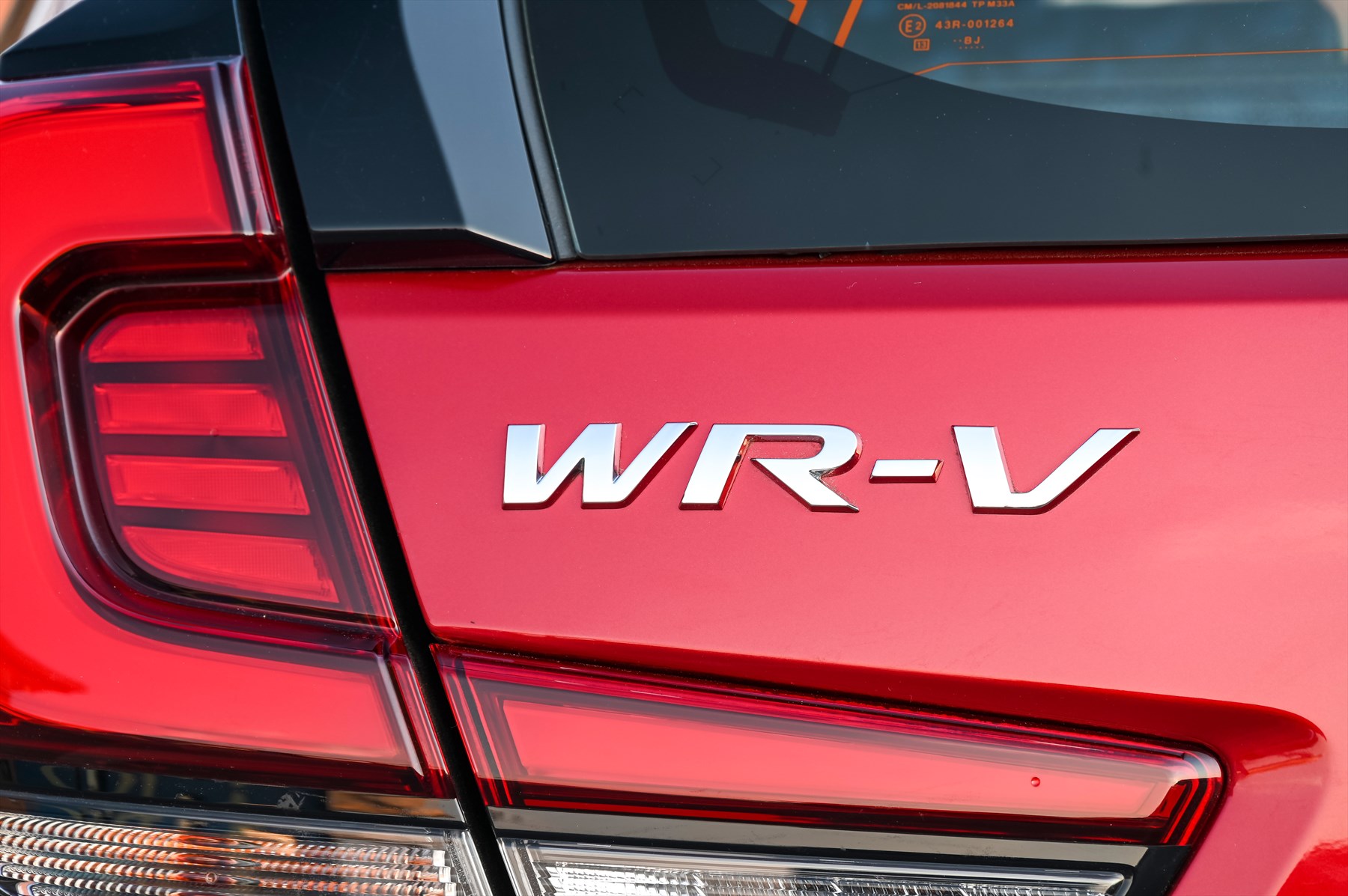
I had the range-topping 1.2 Elegance derivative, which is well put together but, features a load of hard plastics as expected. Equipped with a 7” touchscreen infotainment system (with 6 speakers).
As I settled into the comfortable fabric driver’s seat, I remembered that Honda manufacturers cars which, to put it gently, don’t go very fast.
– VUYI MPOFU, FOUNDER & MD, DRIVING IN HEELS SOUTH AFRICA
The infotainment system is compatible with Android Auto and Apple CarPlay and supports Bluetooth telephony as well as an app-based navigation feature. Other creature comforts include electric windows, multifunction steering wheel, rear park sensors, auto aircon, keyless entry (with push-button start), cruise control, and reverse-view camera.
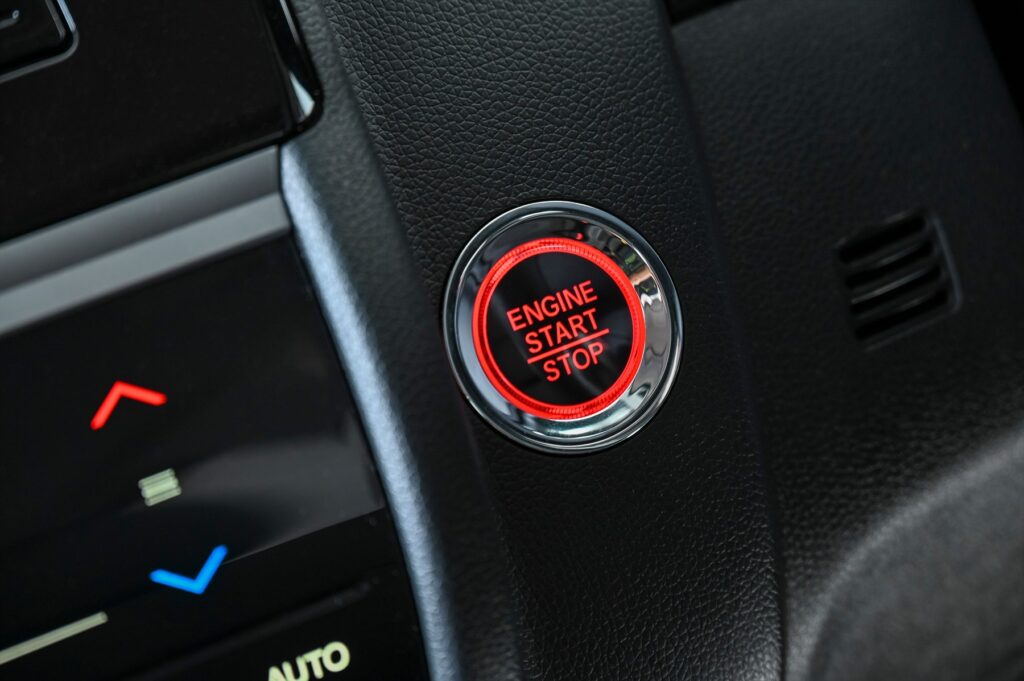
My first drive was a visit to friends and family in Mpumalanga. As I settled into the comfortable fabric driver’s seat, I remembered that Honda manufacturers cars which, to put it gently, don’t go very fast, and as such, I prepared my mind for an unhurried drive – but I was in for a surprise!
With 66kW available on tap, my Honda WR-V Elegance blazed a trail towards the place where the sun rises, at an unexpectedly brisk pace. Despite being powered by a 1.2-litre naturally aspirated petrol engine, I occasionally found myself reaching for a non-existent 6thgear whereas the WR-V is only available in 5-speed manual transmission.
I quickly realized that the compact SUV runs out of puff on long ascending portions of a drive
– VUYI MPOFU, FOUNDER & MD, DRIVING IN HEELS SOUTH AFRICA
Currently, the WR-V is not available in CVT automatic transmission which I secretly believe Honda will have to address very soon to compete with rivals in this segment as well as accommodate those who don’t want an over-developed left calf due to driving in bumper-to-bumper traffic.

As the WR-V and I meandered up the uphill sections on the back routes from Gauteng to Mpumalanga, I quickly realized that the compact SUV runs out of puff on long ascending portions of the drive. I didn’t like having to engage the gears so often as I did, but the more the WR-V moaned on the inclines, the more I intuitively understood that the gear ratios on the manual transmission SUV are spaced closely, meaning I had no option but to gear up and down pretty often to squeeze the most from the engine – especially on uphills and when overtaking.
That said, the WR-V tends to get up to and maintain high speeds on straight and level roads with relative ease.
By far, the most remarkable aspect of the Honda WR-V is its “Magic Seat”

Reaching the gravel roads leading to my final destination, the WR-V’s 173mm ground clearance, black protective cladding, and dual side skid plates came in handy as I crawled over the uneven terrain.
Riding on 16-inch heels as standard, the compact SUV made easy work of the rocky surface highlighting just how practical the WR-V is in urban and rural settings.
The biggest letdown for me about the Honda WR-V is its thirstiness.
– VUYI MPOFU, FOUNDER & MD, DRIVING IN HEELS SOUTH AFRICA
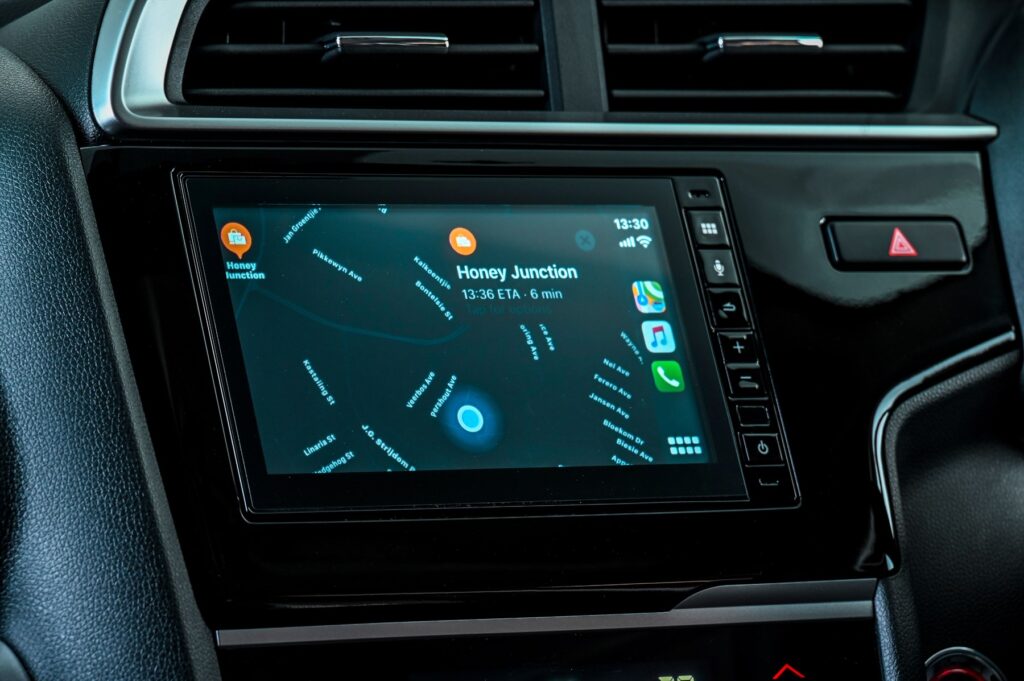
By far, the most remarkable aspect of the Honda WR-V is its “Magic Seat” – a system that allows the rear seats to be configured in a multitude of ways to accommodate standard and odd-shaped parcels without compromising the seating comfort of at least 1 rear seat passenger.
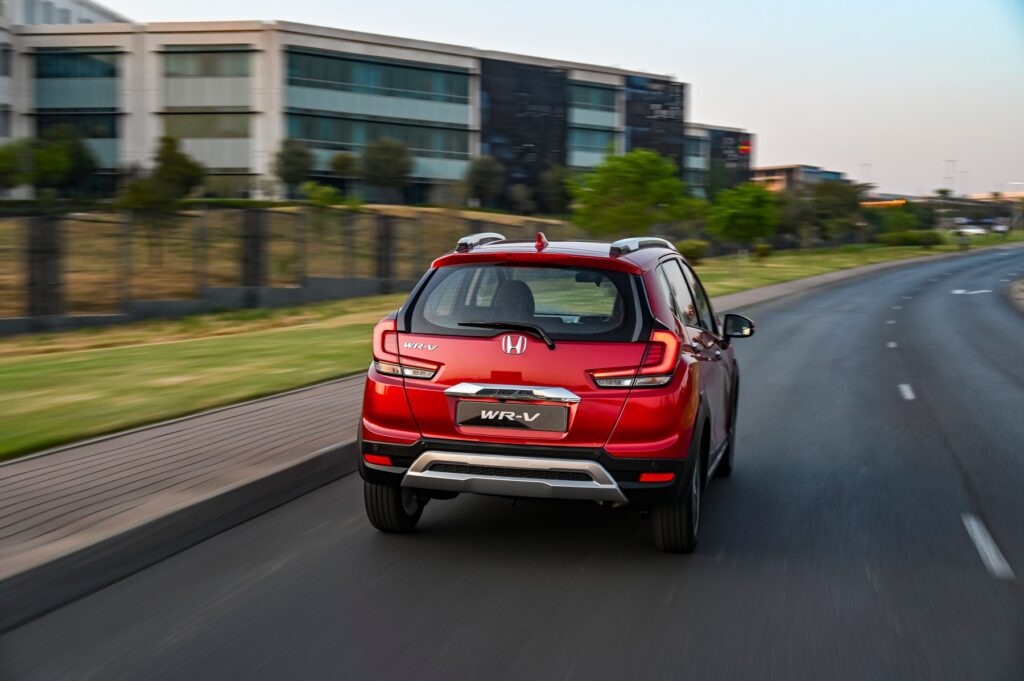
Speaking of rear-seat passengers, the Honda WR-V proved to have generous rear leg-room as demonstrated by the numerous vertically blessed villagers who suddenly needed rides to the nearest shops, clinic, and police station.
To score a ride in the WR-V, one teenager asked to transport his mountain bicycle to a repair shop and I was by far the most surprised party to discover that we didn’t need to remove either wheel to fit the bicycle into the SUV.
The WR-V’s pricing could set it wheels and roof rails above its rivals.
– VUYI MPOFU, FOUNDER & MD, DRIVING IN HEELS SOUTH AFRICA
The biggest letdown for me about the Honda WR-V is its thirstiness. At first, I chastised myself, thinking I had driven the WR-V as hard as I normally drive test cars but when my test period ended and I had sheepishly done the maths, I calculated that Honda’s claim of 6.4litres/100km was approximately 2-litres less than my 8-litres per 100km. Upon further consideration, I realized I had had to stomp the fuel pedal much harder and more often than usual, to get the power I needed to get the compact SUV going.
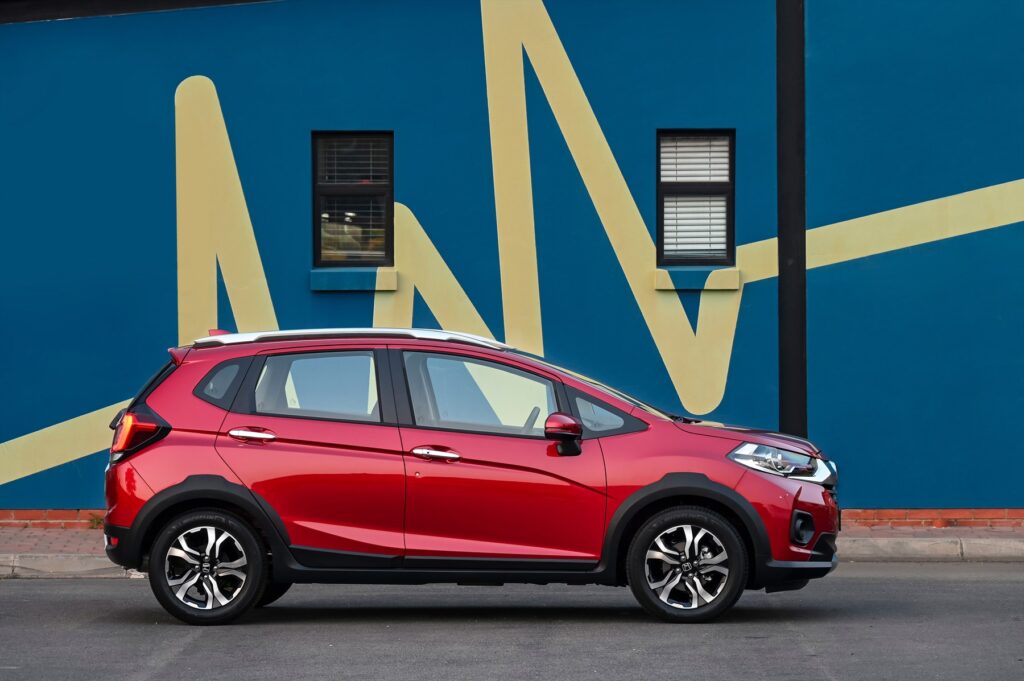
From a safety point of view, the WR-V give the same level of peace of mind we expect and are accustomed to from Honda being ABS, EBD, ISOFIX anchorage points, and fog lamps.
I am excited that I got to better apply myself to Honda’s compact SUV offering than I did when it was launched. During the test period, I realized that the WR-V competes against the Ford EcoSport, Hyundai Venue, Haval H1, Mahindra XUV300, Suzuki Breeza, and Renault Captur to mention a few of its rivals. However, the WR-V’s pricing could set it wheels and roof rails above its rivals. It also offers the right styling and the right aftersales support to make it a major consideration for those on the market for a capable compact SUV.
PRICING
WR-V 1.2 Comfort MT R289 900
WR-V 1.2 Elegance MT R327 700
The WR-V is sold with a 5-year/200 000 km warranty, 4-year/60 000 km service plan, and 3-year AA Roadside Assistance. Service intervals are at every 15 000kms



